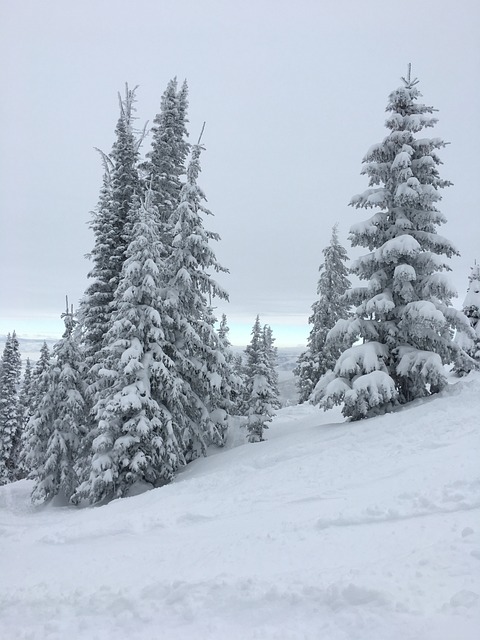Colorado, known as the Centennial State for its admission into the Union in 1876, is a state with a deep historical tapestry that includes indigenous cultural sites like Mesa Verde National Park, landmarks from westward expansion and the Civil War era, such as Bent's Old Fort, and significant economic events like the Denver Gold Rush of 1858. The state's history is marked by its role in the Industrial Revolution, exemplified by cities like Pueblo's steel production, and its contribution to America's early economic growth. Colorado's diverse landscapes range from arid deserts to humid plains and alpine tundra, with Pikes Peak, known as "America's Mountain," standing at 14,115 feet and offering panoramic views of multiple states. The first ascent of Pikes Peak was made by Zebulon Pike in 1806, and it is a significant historical landmark and a hub for outdoor adventure and ecological diversity. Colorado's climatic variety supports a wide range of recreational activities and critical habitats. The mid-19th century Denver Gold Rush was a turning point for the state, leading to rapid growth and infrastructure development, which transformed Colorado into a bustling state with a multicultural identity and set the stage for its future prominence. This historical period not only shaped Colorado's economic landscape but also had lasting impacts on its cultural fabric and rich history.
Explore the vibrant landscape of Colorado, a state rich with historical depth and natural splendor. Nestled within the heart of the American West, Colorado offers a tapestry of experiences from its lofty mountain peaks to its sun-kissed vineyards. Delve into the Centennial State’s storied past, where gold rush fever once ignited a frenzy and shaped its future. Discover Pikes Peak, standing as a giant among mountains, and marvel at the state’s diverse climates, which range from the arid deserts of the west to the cool heights of the Rockies. As you traverse Colorado’s geographic spectrum, learn about its pioneering role in renewable energy and its contributions to space exploration. From the craft beer scene that celebrates local flavors to the Denver Broncos’ gridiron glory, Colorado’s narrative is as rich and varied as its landscapes. Join us on a journey through this remarkable state, where each turn reveals another facet of its multifaceted allure.
- The Centennial State: Unveiling the Historical Significance of Colorado
- Pikes Peak: A Giant Among Mountains
- Colorado's Diverse Climates: From Arid Deserts to Alpine Tundra
- The Denver Gold Rush: A Turning Point in Colorado's History
The Centennial State: Unveiling the Historical Significance of Colorado
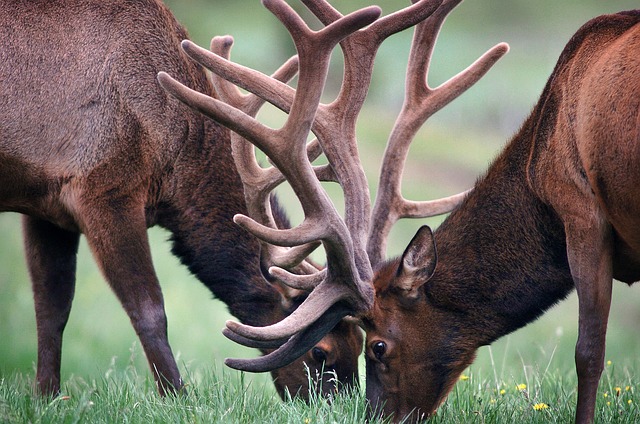
Colorado, known as the Centennial State due to its admission into the Union exactly one hundred years after the signing of the United States Declaration of Independence, is steeped in historical significance that extends far beyond this notable anniversary. The state’s history is a rich tapestry woven with narratives of indigenous peoples who have inhabited the region for millennia, including the Ancient Puebloans and the Ute tribes. Their cultural legacy, evident in archaeological sites like Mesa Verde National Park, offers a window into the lives and traditions of these early Coloradans.
The area that would become Colorado was also a stage for the dramatic events of the westward expansion, the gold rush, and the Civil War. Forts such as Bent’s Old Fort played a crucial role in the region’s development as a crossroads for trade and travel. The discovery of gold in the 19th century led to the infamous “Bloodless Battle” of Clear Creek, where John Gregory “Leadville” Brown Jr. avoided bloodshed by hiring all participants as miners once the conflict escalated beyond a skirmish. This colorful history is complemented by the state’s pivotal role in the Industrial Revolution, with cities like Pueblo becoming centers for steel production and the state as a whole contributing to America’s economic might in the early 20th century. Colorado’s historical significance is not only found in its past but also in the way it has shaped and been shaped by the nation’s history.
Pikes Peak: A Giant Among Mountains
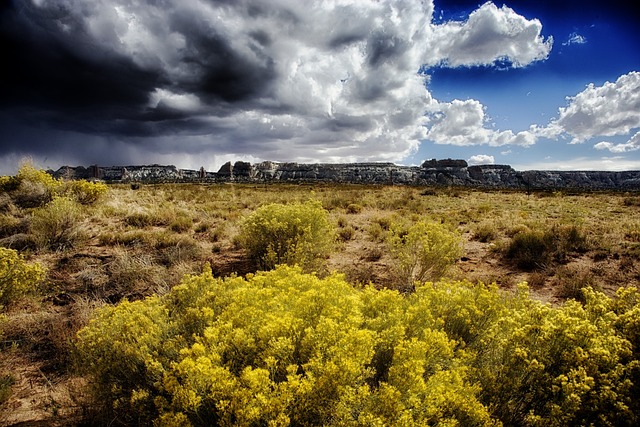
Colorado’s Pikes Peak stands as a colossal testament to the state’s varied and majestic landscape, rising to an impressive altitude of 14,115 feet. Known as “America’s Mountain,” it offers a panoramic view that spans across several states, making it a premier destination for hikers and sightseers alike. The peak, which is part of the Front Range of the Rocky Mountains, is not just a geological wonder but also holds historical significance; it was first ascended by two men, Zebulon Pike and his party, in 1806 during Pike’s expedition. Today, visitors can choose from various routes to reach its summit, with the most popular being the Barr and Cog Railway, which provides a scenic journey for those who prefer not to hike. The unique climate found on Pikes Peak creates an environment where sub-alpine and alpine ecosystems coexist, supporting a diverse array of flora and fauna that are adapted to its high-altitude conditions. This iconic mountain is a must-see for anyone visiting Colorado, offering not just breathtaking vistas but also a glimpse into the natural and human history of this fascinating state.
Colorado's Diverse Climates: From Arid Deserts to Alpine Tundra
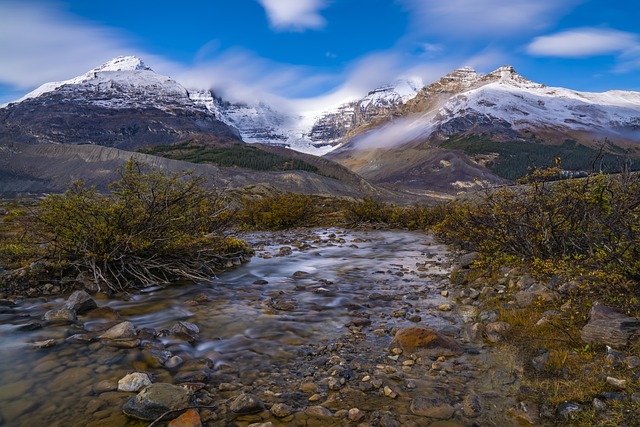
Colorado’s geography is a remarkable mosaic of diverse climates that range from arid deserts to the lofty heights of alpine tundra, all within its borders. The state’s western half, which encompasses the majority of Colorado, is characterized by its semi-arid and arid climates. This region, which includes areas like the Grand Valley and the Colorado Plateau, is known for its sunny skies and sparse rainfall, making it ideal for activities such as mountain biking, jeeping, and observing the vast expanses of red rock formations. Conversely, the eastern part of Colorado transitions into a more humid climate, with fertile plains that support a thriving agricultural sector. Here, the land is dotted with farms and ranches, where crops like wheat and corn flourish amidst the rich soil.
The dramatic shift in climates continues as one ascends into the Rocky Mountains, where Colorado’s climate transforms once again to alpine tundra at elevations above 3,500 meters. This unique environment is marked by short, cool summers and long, cold winters, with snow often blanketing the mountains year-round. The alpine tundra supports a distinctive flora and fauna adapted to the extreme conditions, including species like the blue spruce and the white-tailed ptarmigan. This climatic diversity not only offers a wealth of recreational opportunities, from skiing and snowboarding in the winter to hiking and rock climbing in the summer, but it also provides crucial habitats for a myriad of species and ecosystems that are unique to Colorado’s high-altitude landscapes.
The Denver Gold Rush: A Turning Point in Colorado's History
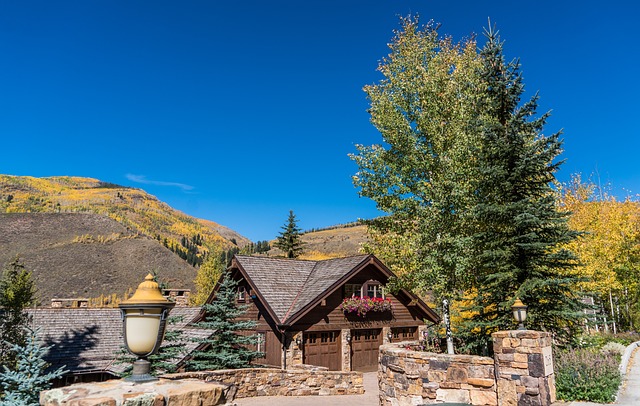
In the mid-19th century, Colorado’s destiny was forever altered with the onset of the Denver Gold Rush. This pivotal event in 1858, initiated by the discovery of gold at Clear Creek near present-day Golden by William Green Russell, attracted a wave of prospectors and settlers to the region. The influx of ‘Pikes Peak or Bust’ fortune seekers led to rapid population growth, economic expansion, and cultural transformation in Colorado. The state, previously home primarily to indigenous peoples and fur traders, saw its demographics shift dramatically as newcomers from across the globe flocked to the territory, each hopeful to strike it rich. This sudden surge of activity not only catalyzed Colorado’s transition from a sparsely populated territory to a bustling state but also set the stage for its future as a significant player in the United States.
The Denver Gold Rush was not just a source of wealth but also a catalyst for infrastructure development. The construction of roads, railroads, and towns became imperative to support the growing population. This led to the establishment of Denver as a major city, which would later become the capital of Colorado. The gold rush era laid the groundwork for the state’s diverse economy, with mining remaining a cornerstone of its identity and economic development for decades to come. The legacy of the Denver Gold Rush is evident in Colorado’s rich history and enduring cultural mosaic, reflecting the resilience and ambition of those who came seeking their fortunes.
Colorado, known as the Centennial State for its admission as the 38th state in the union a century after the country’s founding, offers a mosaic of historical richness, natural grandeur, and climatic diversity. From the imposing heights of Pikes Peak to the state’s numerous microclimates that span arid deserts to lush alpine tundra, Colorado stands as a testament to the splendor of America’s heartland. The Denver Gold Rush, a pivotal moment in its history, not only shaped its economic trajectory but also brought a wave of settlers who contributed to the state’s cultural tapestry. Delving into these facets of Colorado reveals a land of enduring natural beauty and resilient human endeavor, making it an enchanting destination for both history buffs and nature enthusiasts alike.
